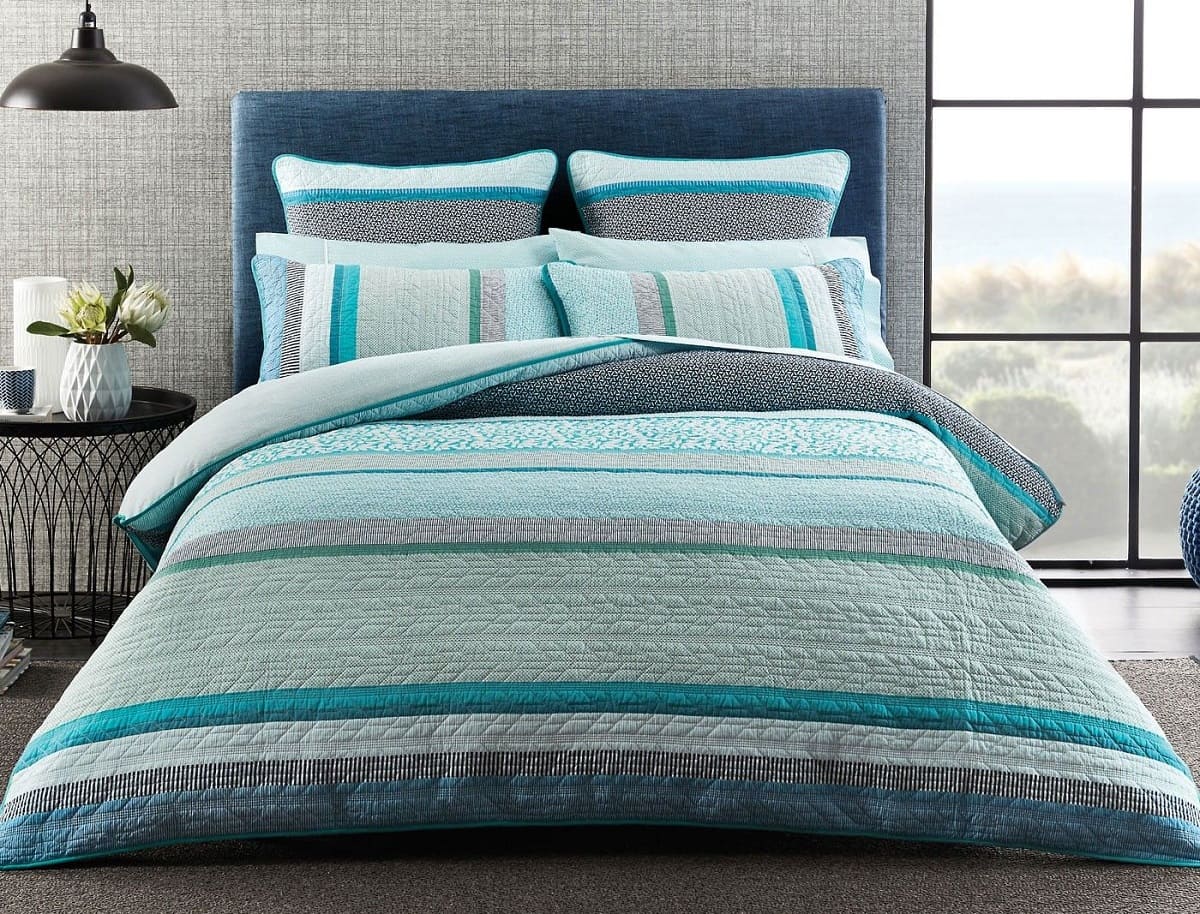

Articles
What Is A Quilt Cover
Modified: January 18, 2024
Discover the extensive range of articles on quilt covers and find out everything you need to know about this essential bedding accessory. Transform your bedroom with our stylish and functional quilt covers.
(Many of the links in this article redirect to a specific reviewed product. Your purchase of these products through affiliate links helps to generate commission for Storables.com, at no extra cost. Learn more)
Introduction
A quilt cover is an essential component of any bed linen collection. It not only adds a layer of protection to your quilt but also serves as a decorative element, elevating the visual appeal of your bedroom. If you’re new to the concept of a quilt cover or simply looking to learn more about its purpose and benefits, you’ve come to the right place.
In this article, we will explore the definition of a quilt cover, understand its purpose, delve into the different types available, explore the materials used in their construction, highlight the benefits of using a quilt cover, provide tips on how to choose the right one, and offer guidance on how to care for and maintain your quilt cover.
So, let’s dive in and discover everything you need to know about quilt covers.
Key Takeaways:
- Quilt covers are versatile, protective, and stylish additions to your bedding, offering easy maintenance, allergen protection, and the ability to transform your bedroom’s aesthetic with a wide range of designs and materials.
- When choosing a quilt cover, consider factors such as size, material, design, closure type, maintenance, and budget to ensure a perfect fit that reflects your personal style and meets your specific needs.
Read more: What Size Is A Queen Quilt Cover
Definition of a Quilt Cover
A quilt cover, also known as a duvet cover, is a protective covering designed to encase a quilt or duvet. It serves as a removable and washable layer that envelops the quilt, providing added protection against dust, stains, and wear and tear. Quilt covers are typically made from a variety of fabrics, such as cotton, linen, polyester, or a blend of these materials.
Quilt covers are similar in design to a large pillowcase, with an opening at one end or along one side where the quilt can be inserted. They often feature closures, such as buttons, zippers, or ties, to secure the quilt in place. This not only ensures a snug fit but also makes it easy to remove and replace the quilt as needed.
One of the defining features of a quilt cover is its decorative nature. Quilt covers come in a wide range of styles, colors, patterns, and textures, allowing you to personalize your bed and reflect your unique taste and style. Whether you prefer a minimalist and contemporary look or a bold and vibrant aesthetic, there is a quilt cover to suit every individual’s preferences.
It’s important to note that a quilt cover should not be confused with a bedsheet. While both serve the purpose of protecting the bedding, a quilt cover specifically covers and encases the quilt or duvet, while a bedsheet is a separate layer that lies directly on top of the mattress.
Now that we have a clear understanding of what a quilt cover is, let’s explore its purpose and the benefits it brings to your bedding ensemble.
Purpose of a Quilt Cover
The primary purpose of a quilt cover is to protect your quilt or duvet from dirt, stains, and general wear and tear. By encasing your quilt in a quilt cover, you create a barrier that helps to keep it clean and in good condition for longer.
Quilt covers also serve as a decorative element in your bedroom. They allow you to change the look and feel of your bedding easily and frequently, without having to invest in a new quilt. With a wide variety of colors, patterns, and styles available, you can effortlessly transform the aesthetic of your bedroom to suit your mood, the season, or your interior design preferences.
Moreover, quilt covers offer convenience in terms of maintenance. Unlike quilts or duvets, quilt covers are fully washable. This makes it easier to keep your bedding fresh and clean. Simply remove the quilt cover and toss it into the washing machine, saving you time and effort compared to cleaning an entire quilt.
Another benefit of using a quilt cover is its versatility. Quilt covers are designed to be easily removable and interchangeable, allowing you to switch out different covers to match your changing preferences or the overall decor of your bedroom. This flexibility ensures that your bedding always remains stylish and up-to-date.
Additionally, quilt covers contribute to the longevity of your quilt or duvet. By providing an extra layer of protection, quilt covers help to preserve the quality and durability of your bedding. They shield the quilt from direct contact with body oils, perspiration, and spills, which may lead to stains or odors over time.
Lastly, quilt covers offer a practical solution for those who are sensitive to allergens. By using a hypoallergenic quilt cover, you can create a barrier between yourself and potential allergens present in the quilt or duvet. This can help reduce the risk of allergies or respiratory issues, allowing for a more comfortable and restful night’s sleep.
In summary, the purpose of a quilt cover is to protect your quilt, add style and versatility to your bedding, simplify maintenance, extend the lifespan of your quilt, and provide a hypoallergenic option. Now that we understand the purpose of quilt covers, let’s explore the different types available.
Types of Quilt Covers
When it comes to choosing a quilt cover, there are several types available to cater to different preferences and needs. Let’s explore the most common types:
- Plain or Solid Color Quilt Covers: These quilt covers feature a single color without any patterns or designs. They are versatile and can easily blend with any bedroom decor. Solid color quilt covers provide a clean and minimalist look, allowing you to create a serene and calming atmosphere in your bedroom.
- Patterned Quilt Covers: Patterned quilt covers are a popular choice for those who want to add visual interest and personality to their bedding. They come in various patterns, such as floral, geometric, striped, or abstract designs. Patterned quilt covers can serve as the focal point of your bedroom decor, adding vibrancy and character to the space.
- Embroidered Quilt Covers: Embroidered quilt covers feature intricate designs and patterns stitched onto the fabric. These covers add a touch of elegance and craftsmanship to your bedding ensemble. Embroidery can range from subtle and delicate accents to bold and dramatic motifs.
- Printed Quilt Covers: Printed quilt covers are created using advanced printing techniques that allow for vibrant and detailed designs. They can feature a wide range of motifs, including nature-inspired themes, abstract art, scenic landscapes, or even photographs. Printed quilt covers can bring a sense of charm and creativity to your bedroom decor.
- Reversible Quilt Covers: Reversible quilt covers offer the versatility of two different designs in one. These covers have a different pattern or color on each side, allowing you to switch up the look of your bedding simply by flipping the cover. Reversible quilt covers are a great option for those who like to change their bedroom decor frequently.
It’s important to consider your personal style, the overall theme of your bedroom, and your desired level of visual impact when choosing the type of quilt cover. Whether you prefer a minimalist and understated look or a bold and vibrant statement, there is a quilt cover type to suit your taste.
Now that we’ve explored the different types of quilt covers, let’s delve into the materials used in their construction.
Materials Used in Quilt Covers
Quilt covers are available in a wide range of materials, each with its own unique characteristics and benefits. Let’s take a look at some of the most common materials used in quilt cover construction:
- Cotton: Cotton is a popular choice for quilt covers due to its softness, breathability, and durability. It is a natural fiber that allows for optimum airflow and regulates body temperature, keeping you cool in the summer and warm in the winter. Cotton quilt covers are easy to care for and become softer with each wash.
- Linen: Linen offers a luxurious and textured feel that adds sophistication to your bedding. It is a natural fabric made from flax fibers and is highly breathable, allowing for excellent moisture absorption and airflow. Linen quilt covers are durable, hypoallergenic, and become softer and more comfortable over time.
- Polyester: Polyester quilt covers are known for their durability and wrinkle resistance. They are low maintenance, easy to care for, and often more affordable compared to natural fiber options. Polyester is a synthetic material that provides a smooth and sleek finish to your bedding.
- Microfiber: Microfiber is a synthetic fabric made from fine polyester fibers. It is known for its softness, durability, and resistance to wrinkles, shrinking, and fading. Microfiber quilt covers are hypoallergenic, lightweight, and often more affordable than natural fiber options.
- Blends: Many quilt covers are made from a blend of different materials, offering the advantages of multiple fabrics. Common blends include cotton-polyester, cotton-linen, and polyester-microfiber. These blends combine the natural qualities of materials like cotton or linen with the added benefits of synthetic fibers, such as increased durability or wrinkle resistance.
When choosing a quilt cover material, consider factors such as your personal preferences, desired comfort level, durability, and maintenance requirements. It’s important to note that different materials may have varying levels of breathability, softness, and resistance to wrinkles or fading.
Now that we’ve explored the materials used in quilt covers, let’s move on to the benefits of using a quilt cover.
When choosing a quilt cover, look for a high thread count for durability and softness. Consider the fabric type (cotton, linen, etc.) for breathability and easy care. Make sure the size matches your quilt insert for a proper fit.
Read more: How To Quilt A Pillow Cover
Benefits of Using a Quilt Cover
Using a quilt cover offers several benefits that go beyond protecting your quilt and adding style to your bedroom. Let’s explore the key advantages of using a quilt cover:
- Protection: One of the primary benefits of a quilt cover is its ability to protect your quilt or duvet from dirt, stains, and general wear and tear. By keeping your quilt encased in a quilt cover, you can prolong its lifespan and maintain its quality.
- Easy Maintenance: Quilt covers are designed to be easily removable and machine washable, making them convenient to clean. Simply remove the quilt cover and toss it into the washing machine, saving you time and effort compared to cleaning the entire quilt or duvet.
- Versatility: Quilt covers provide the flexibility to change the look and feel of your bedding effortlessly. With various colors, patterns, and designs available, you can easily switch out quilt covers to match your mood, the season, or your interior decor preferences.
- Style and Decor: Quilt covers add visual interest and style to your bedroom. With numerous design options available, you can create a unique and personalized look that complements your overall decor theme. Quilt covers serve as a focal point, instantly transforming the ambiance of your bedroom.
- Comfort: Quilt covers made from natural fibers like cotton or linen offer breathable and comfortable bedding options. They allow for better airflow, moisture absorption, and temperature regulation, ensuring a comfortable sleep experience.
- Allergen Protection: Using a hypoallergenic quilt cover can provide a barrier between yourself and potential allergens present in the quilt or duvet. This can be especially beneficial for those with allergies or respiratory issues, helping to improve the quality of sleep.
By using a quilt cover, you not only enhance the protection and longevity of your quilt or duvet but also have the opportunity to express your personal style and create a cozy and inviting bedroom environment.
Now that we understand the benefits of using a quilt cover, let’s move on to the next important aspect – how to choose the right quilt cover for your needs.
How to Choose the Right Quilt Cover
Choosing the right quilt cover is essential to ensure comfort, style, and functionality in your bedroom. Here are some key factors to consider when selecting a quilt cover:
- Size: Start by measuring your quilt or duvet to determine the appropriate quilt cover size. Make sure to choose a cover that matches the dimensions of your bedding to ensure a proper fit.
- Material: Consider the material that best suits your preferences and needs. Cotton and linen are popular choices for their breathability and softness, while polyester and microfiber offer durability and easy maintenance. Blends can provide a combination of qualities from different materials.
- Design and Style: Think about your desired aesthetic and the overall theme of your bedroom. Whether you prefer solid colors, patterns, or embroidered details, choose a design that complements your decor and reflects your personal taste.
- Closure: Consider the closure type of the quilt cover. Common options include buttons, zippers, or ties. Choose a closure that is easy to use and secure, ensuring that the quilt remains in place without any hassle.
- Maintenance: Evaluate the care instructions for the quilt cover. Look for covers that are machine washable and easy to maintain, allowing for regular cleaning and freshness. Consider the fabric’s durability and how it holds up over time with regular washing.
- Budget: Determine your budget range for a quilt cover. Prices can vary depending on the material, brand, and design. Set a budget and choose a cover that provides the desired features and quality within your price range.
- Customer Reviews: Read customer reviews and ratings for the quilt cover you’re considering. This can provide insights into the quality, comfort, and durability of the product, helping you make an informed decision.
By considering these factors, you can narrow down your options and choose a quilt cover that meets your specific requirements and preferences.
Now that you know how to choose the right quilt cover, let’s move on to the next important topic – caring for and maintaining your quilt cover.
Care and Maintenance of Quilt Covers
Caring for your quilt cover is essential to ensure its longevity, cleanliness, and continued comfort. Here are some important tips for the care and maintenance of quilt covers:
- Read and Follow Care Instructions: Always read and follow the care instructions provided by the manufacturer. These instructions will guide you on the recommended washing temperatures, drying methods, and any specific care requirements for your quilt cover.
- Regular Washing: Quilt covers should be washed regularly to maintain cleanliness and freshness. Depending on personal preference and usage, it is generally recommended to wash them every one to two weeks. However, refer to the care instructions for specific guidance.
- Separate Colors: To prevent color bleeding, wash quilt covers separately or with similar colors. This helps to avoid any color transfer that could stain or fade the fabric.
- Use Mild Detergent: Use a mild detergent that is suitable for delicate fabrics to prevent any damage or discoloration. Avoid using harsh chemicals or bleach, as they can weaken the fabric fibers and affect the appearance of the quilt cover.
- Cold or Warm Water: Most quilt covers can be washed in either cold or warm water, according to the manufacturer’s instructions. Hot water can cause shrinkage or damage certain fabrics, so it is best to avoid it unless specified otherwise.
- Gentle Cycle: When machine washing your quilt cover, use a gentle cycle to minimize agitation and prevent any stretching or distortion of the fabric. This helps to maintain the integrity of the cover and prolong its lifespan.
- Avoid Excessive Heat: When drying your quilt cover, opt for a low or medium heat setting in the dryer or air dry it if possible. High heat can cause shrinkage or damage certain materials, so it’s important to avoid excessive heat during the drying process.
- Ironing: Check the care instructions to see if ironing is recommended for your quilt cover. If necessary, use a low heat setting and steam iron the cover to remove any wrinkles or creases. Avoid ironing directly over any embellishments or embroidery.
- Storage: When not in use, store your quilt covers in a clean and dry space. Fold them neatly to avoid excessive wrinkling and keep them away from direct sunlight, as it can fade the colors over time.
By following these care and maintenance tips, you can ensure that your quilt covers remain clean, fresh, and in good condition for years to come.
Now that we’ve covered the care and maintenance of quilt covers, let’s summarize our findings in the concluding section.
Conclusion
Quilt covers are not only practical but also aesthetically pleasing additions to your bedding ensemble. They provide protection for your quilt or duvet, offer versatility in terms of style, and make maintenance a breeze. By choosing the right quilt cover, you can enhance the look and feel of your bedroom while ensuring the longevity and cleanliness of your bedding.
We explored the definition of a quilt cover, understanding that it is a removable and washable layer that encases your quilt. We discussed the purpose of quilt covers, which includes protection, easy maintenance, versatility, style, comfort, and allergen protection.
We also delved into the different types of quilt covers available, ranging from plain or solid color covers to patterned, embroidered, printed, and reversible options. We highlighted the materials commonly used in quilt covers, such as cotton, linen, polyester, microfiber, and blends, and their unique characteristics and benefits.
Furthermore, we discussed the benefits of using a quilt cover, including protection for your quilt, convenience in maintenance, versatility in styling options, added comfort, and allergen protection.
To assist you in choosing the right quilt cover, we provided key factors to consider, including size, material, design and style, closure type, maintenance requirements, and budget. By taking these factors into account, you can make an informed decision that suits your preferences and needs.
We also shared important care and maintenance tips to ensure the longevity and cleanliness of your quilt cover. By following the recommended washing instructions, separating colors, using mild detergent, washing in cold or warm water, using a gentle cycle, avoiding excessive heat during drying, and proper storage, you can keep your quilt cover in excellent condition for years to come.
In conclusion, quilt covers are essential components of your bed linen collection that provide protection, style, and convenience. By selecting the right quilt cover and taking proper care of it, you can enjoy a comfortable and visually appealing bedroom environment for a long time. So, go ahead and choose a quilt cover that reflects your personal style and enhances your bedding ensemble.
Frequently Asked Questions about What Is A Quilt Cover
Was this page helpful?
At Storables.com, we guarantee accurate and reliable information. Our content, validated by Expert Board Contributors, is crafted following stringent Editorial Policies. We're committed to providing you with well-researched, expert-backed insights for all your informational needs.
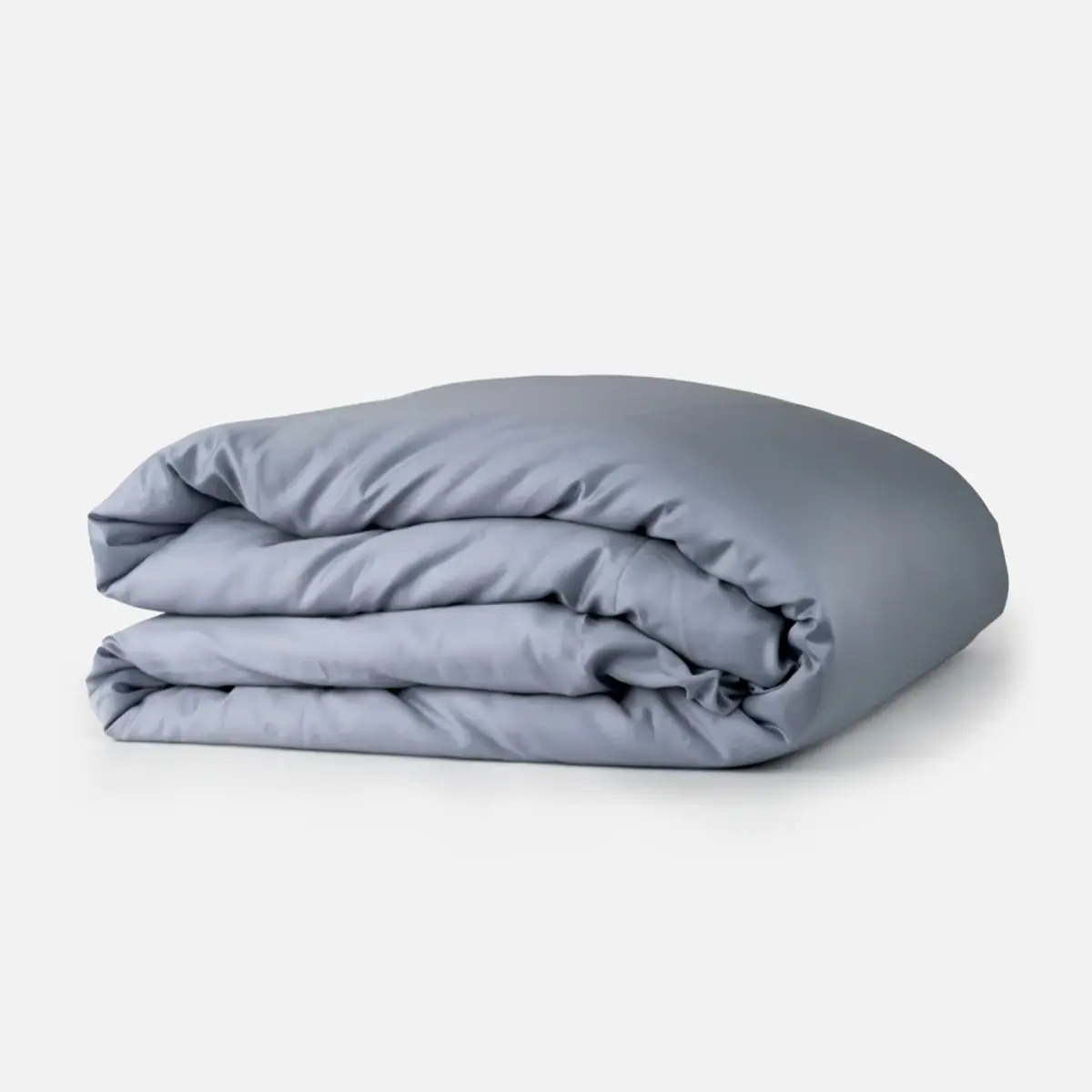
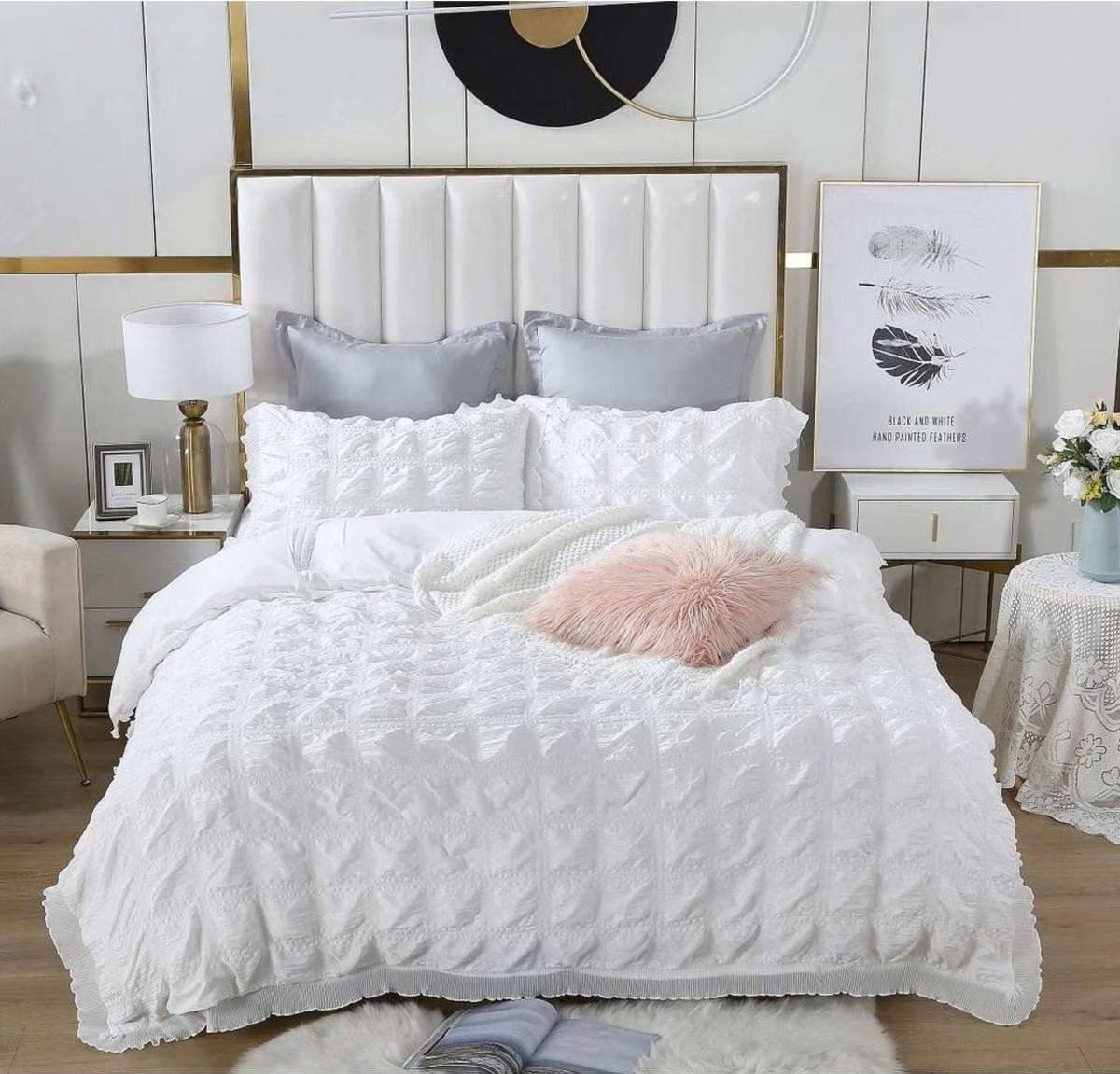
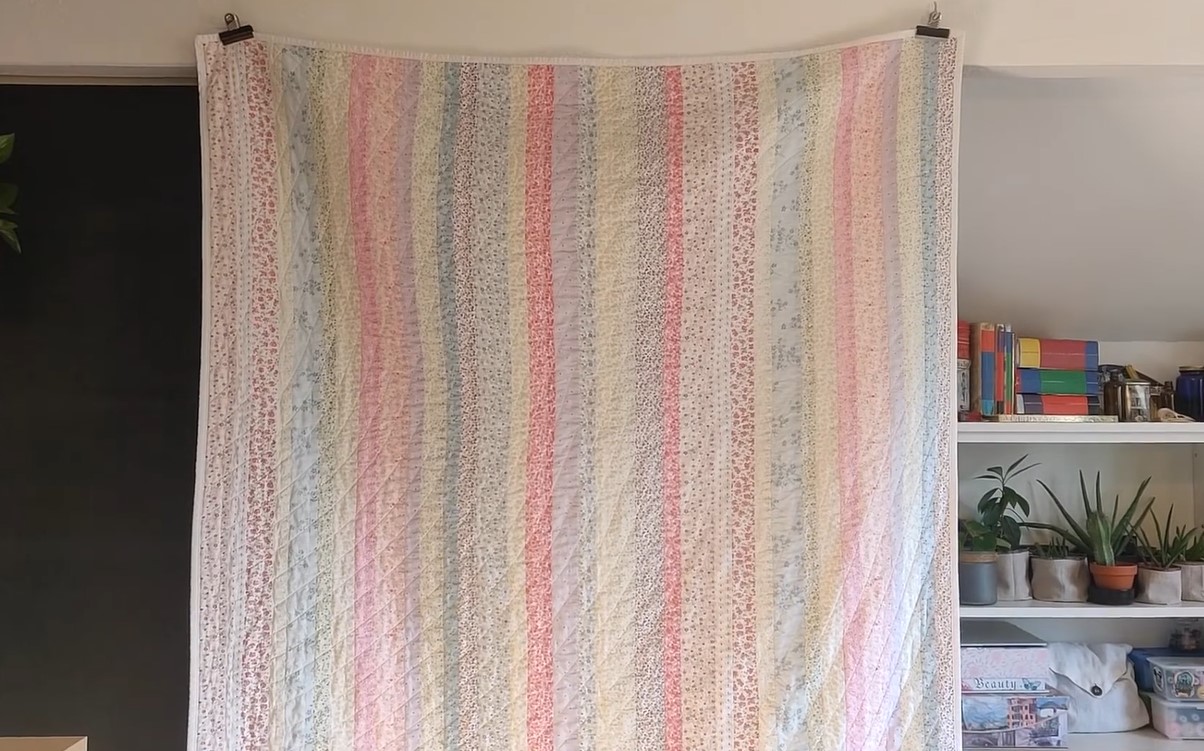
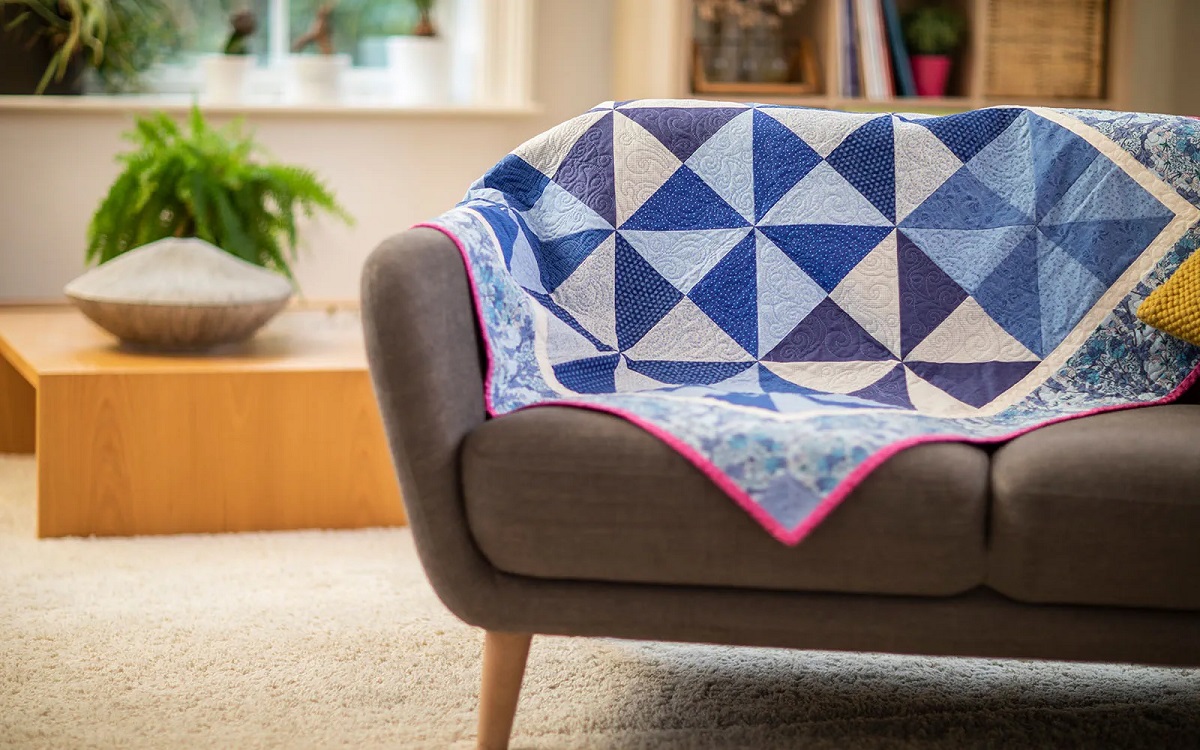

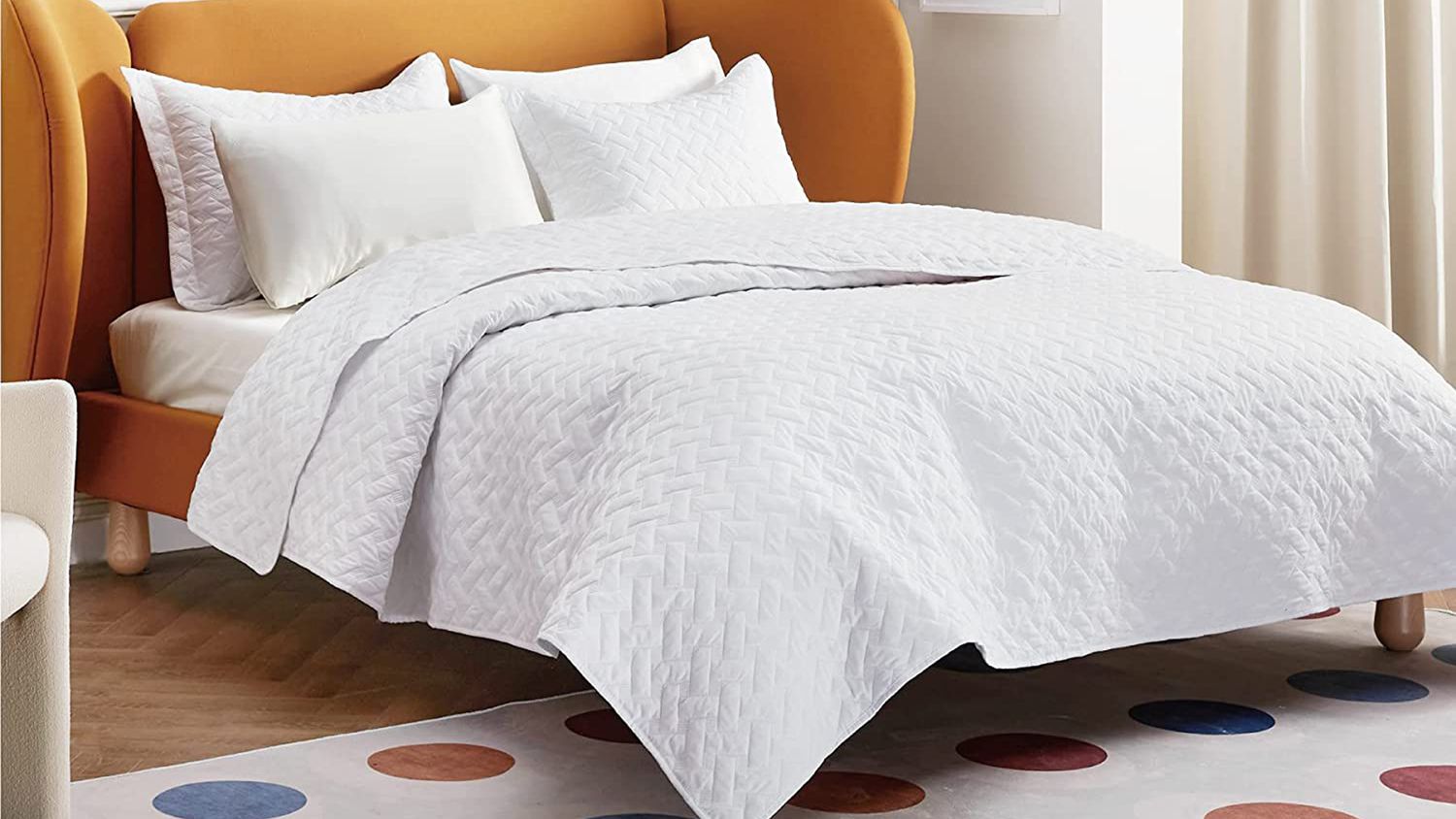
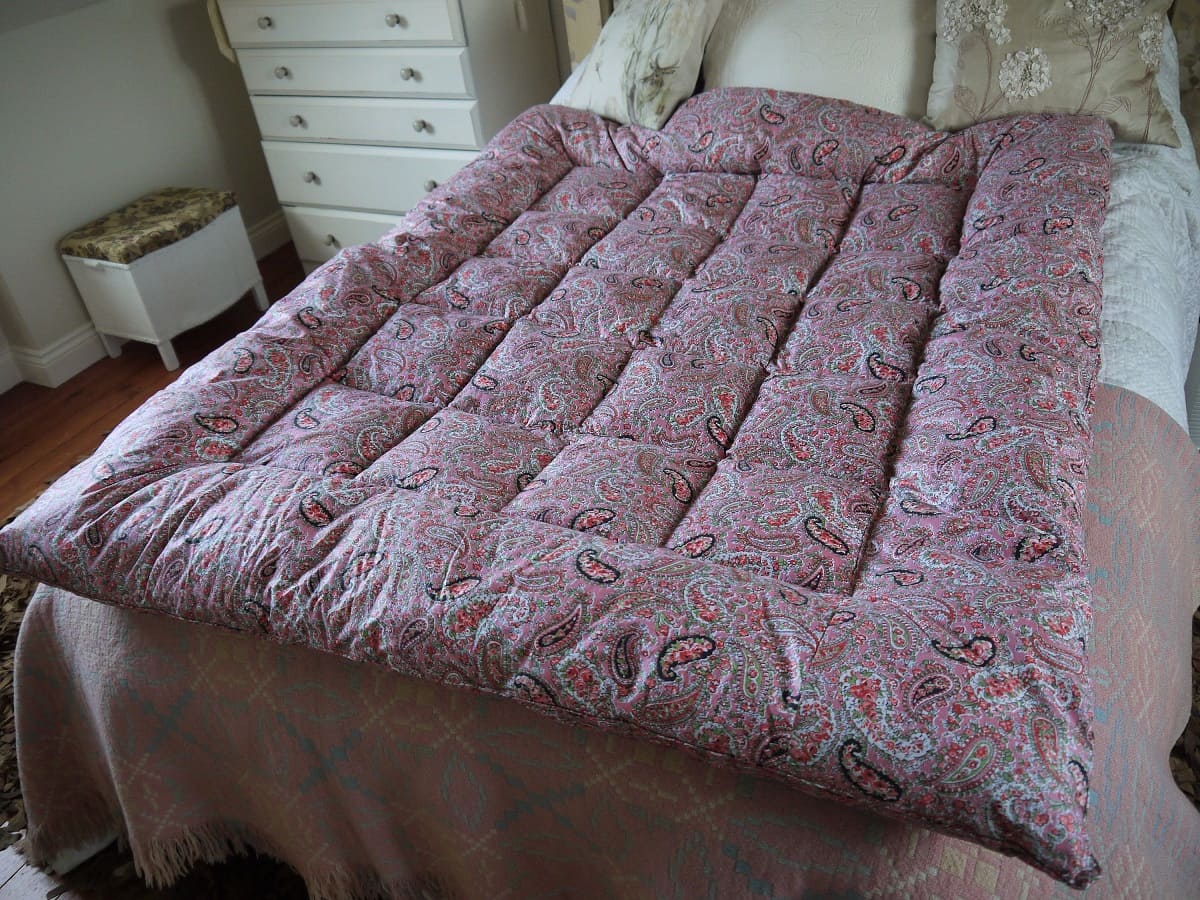
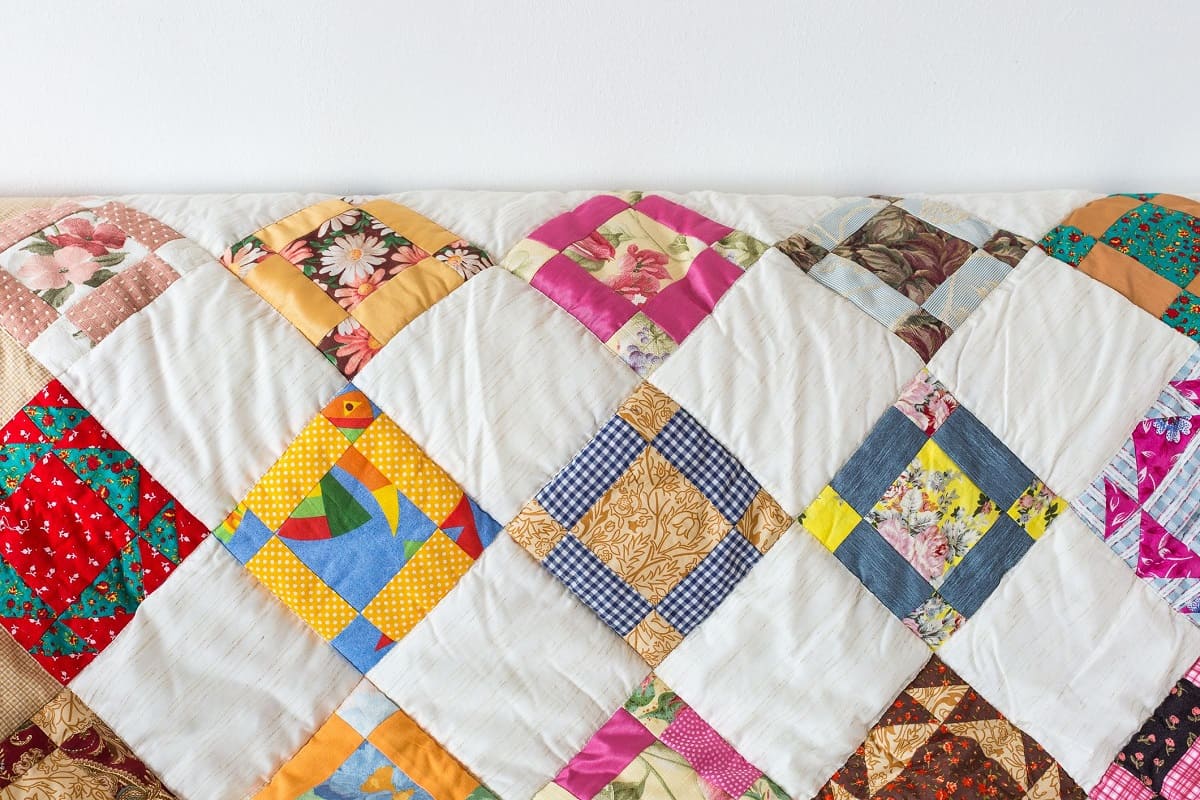

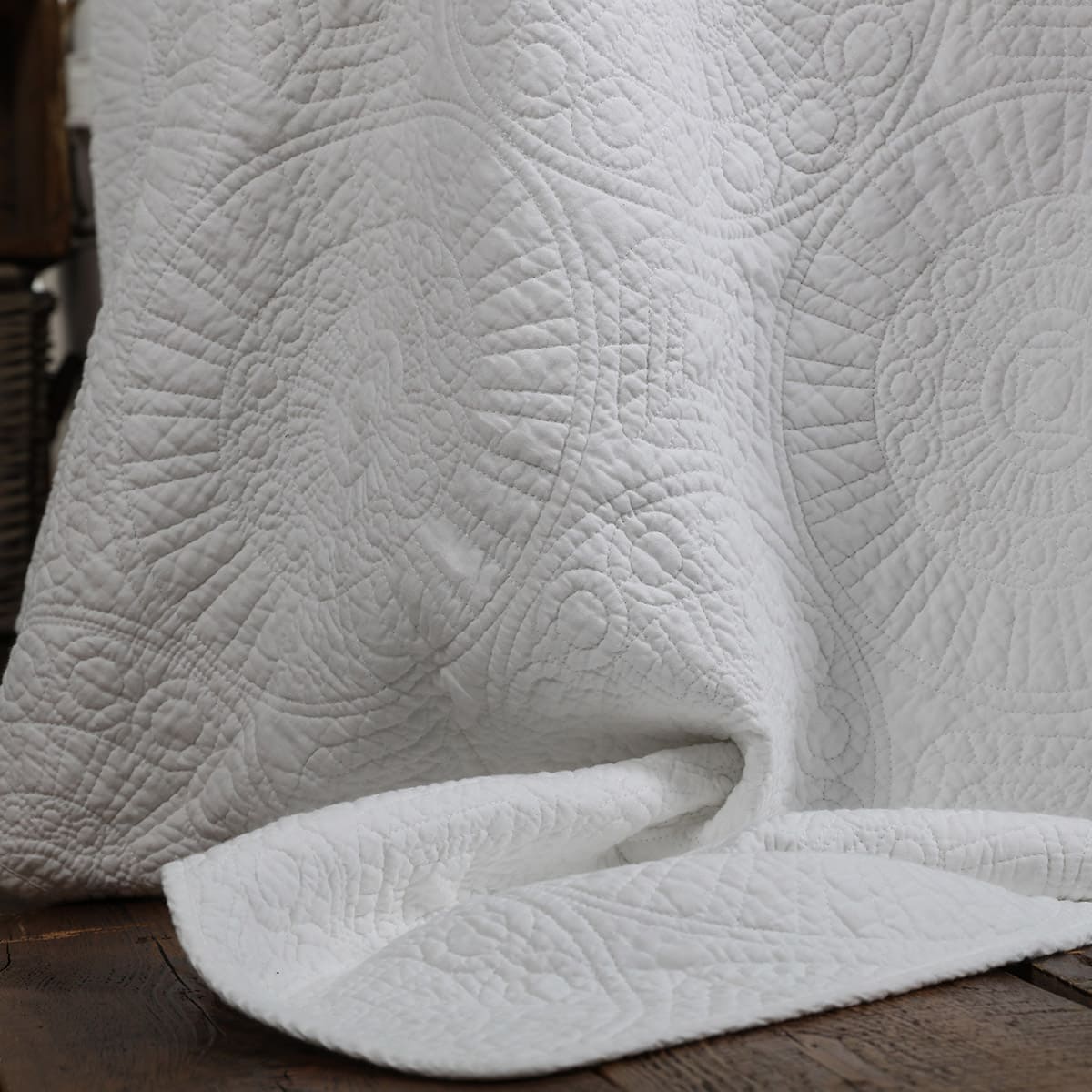
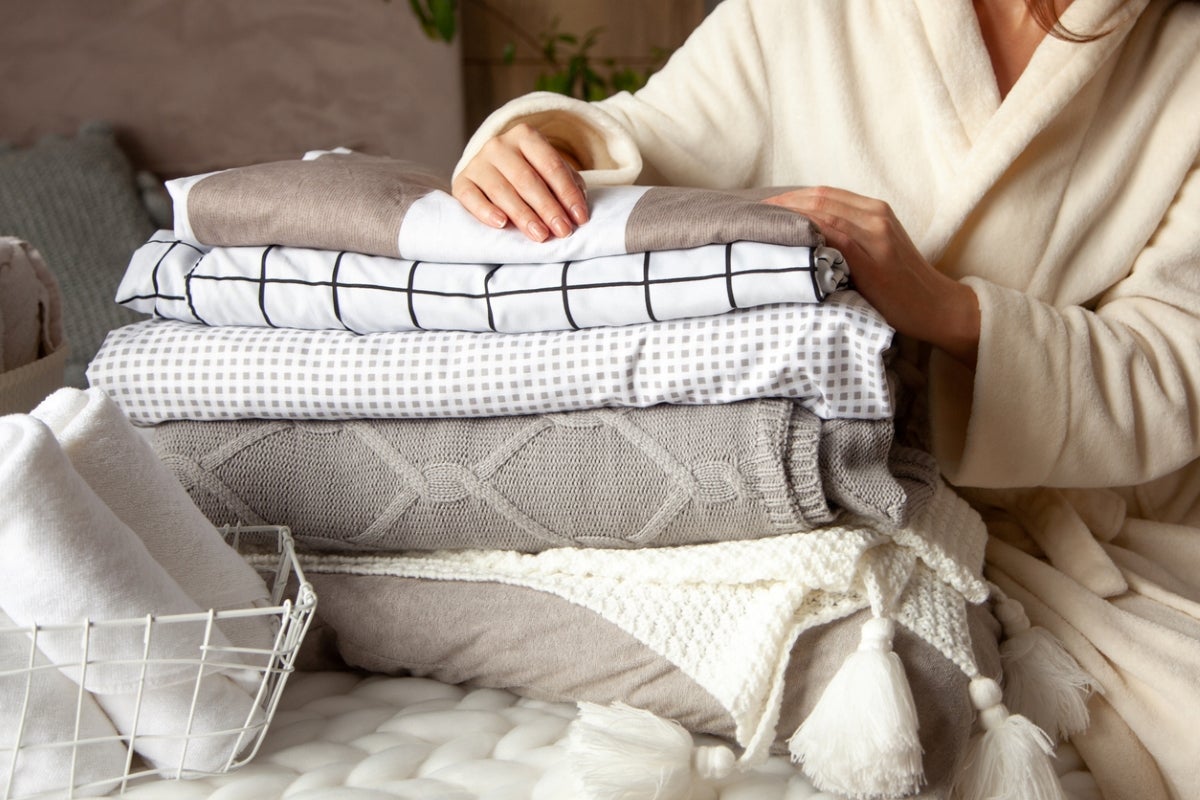
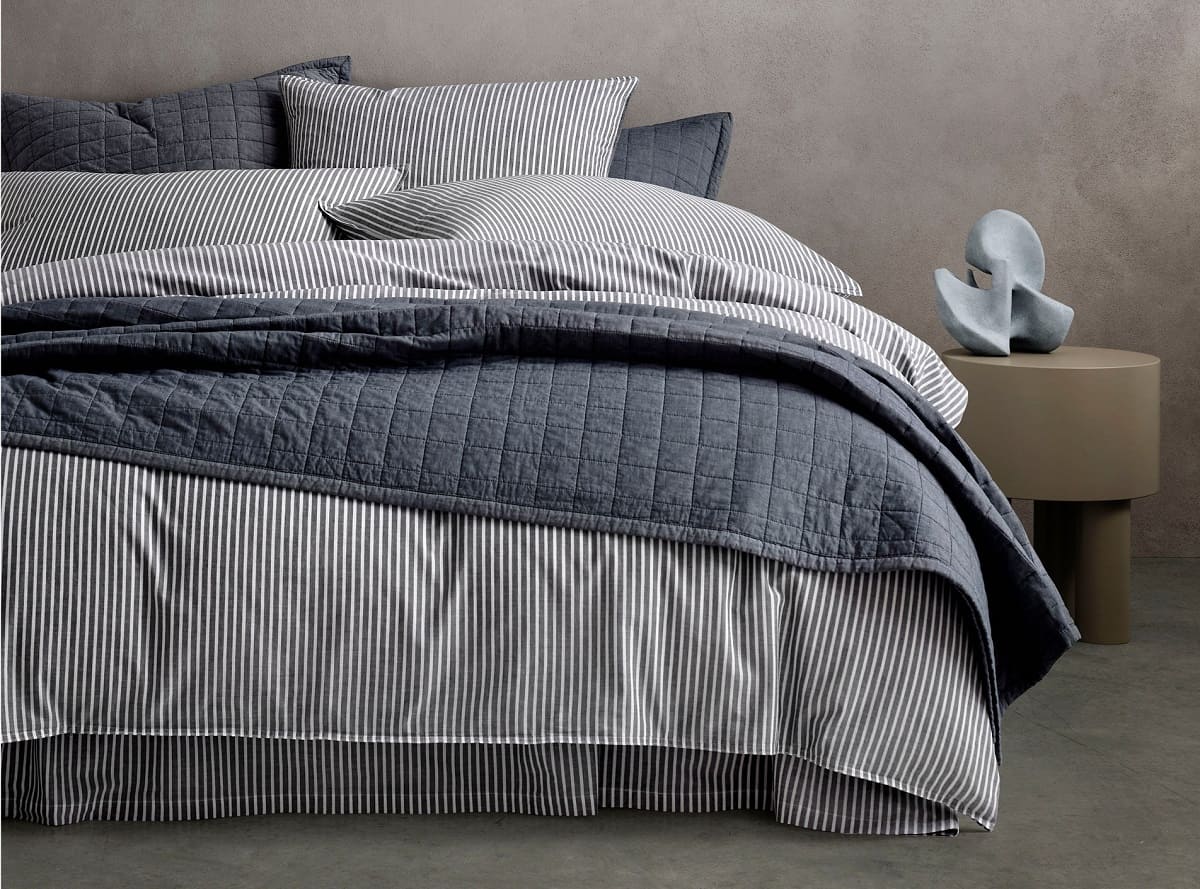
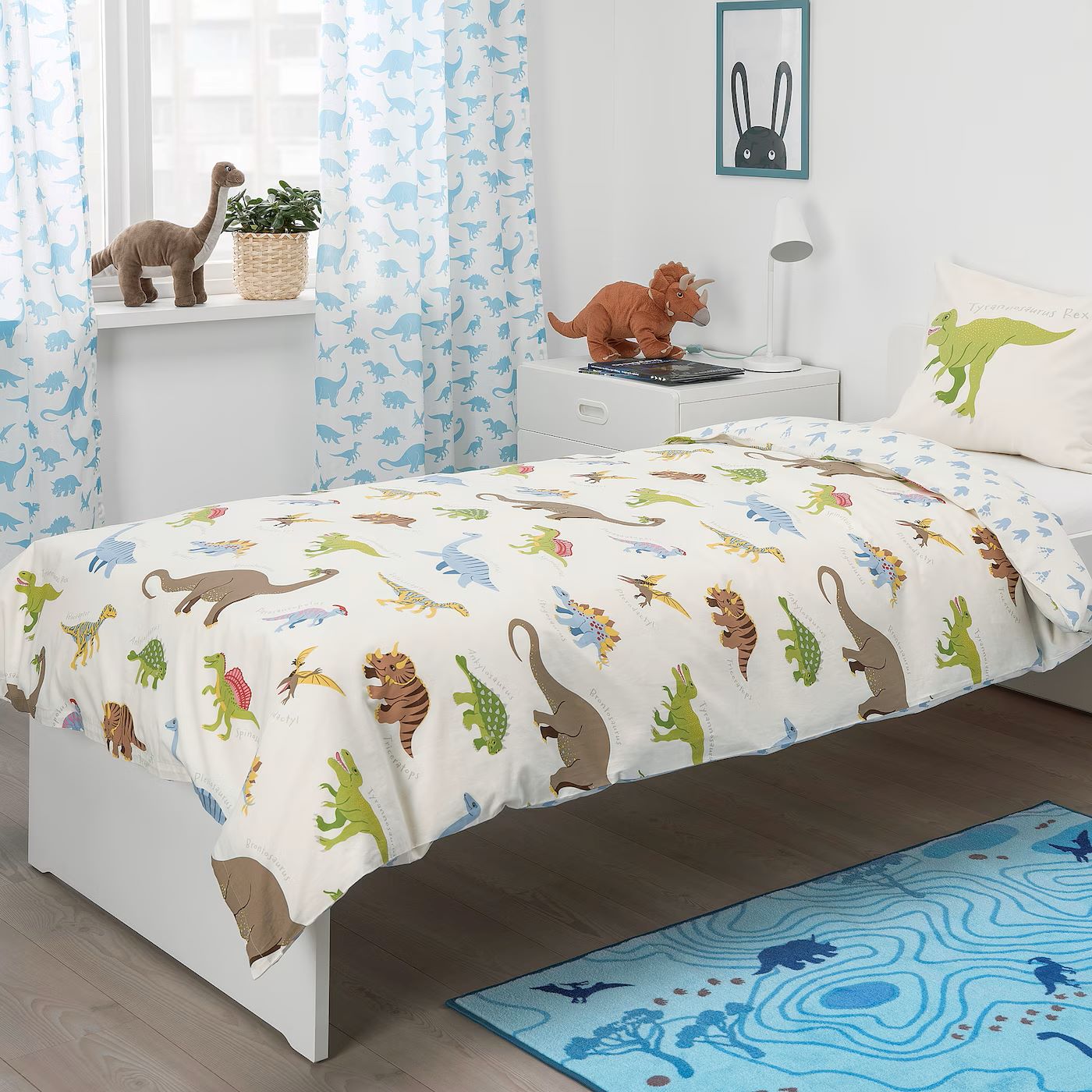


0 thoughts on “What Is A Quilt Cover”